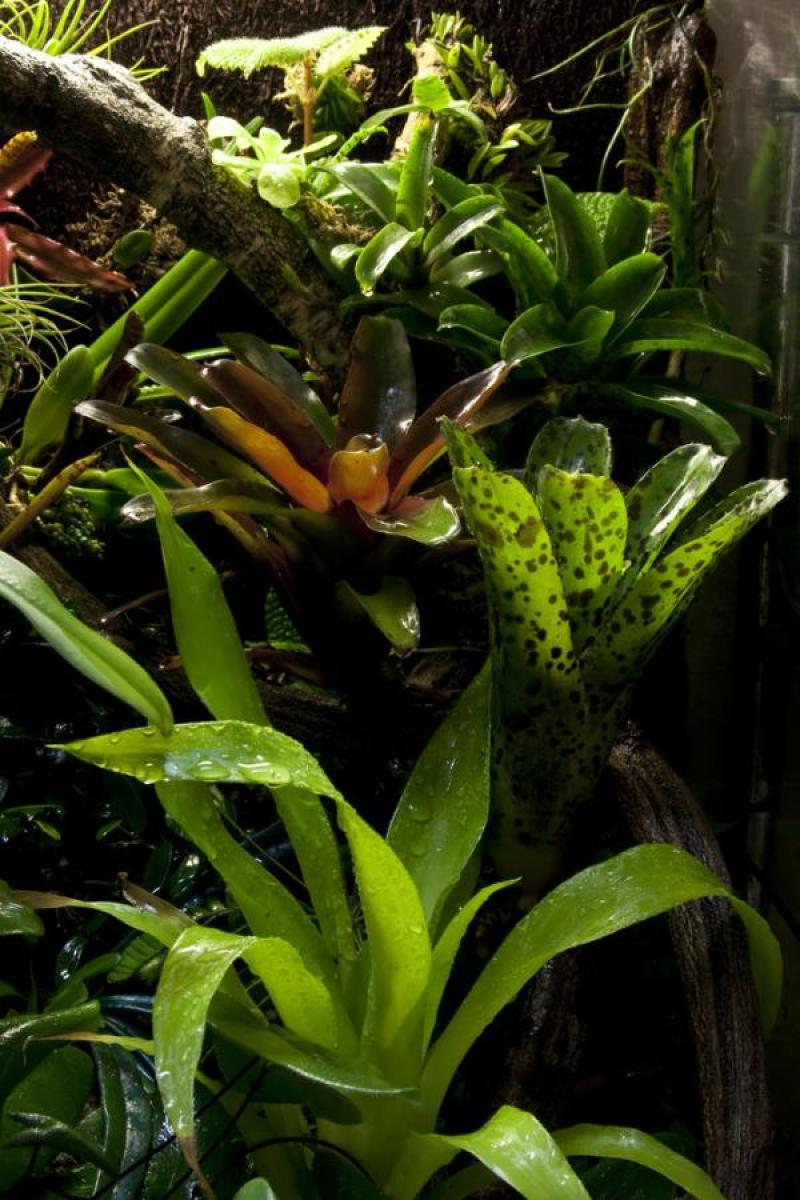Dresslerella pilosissima
Also known as: The Very Hairy Dresslerella in the subfamily: Epidendroideae
General Information
The Very Hairy Dresslerella is a miniature cool to warm growing epiphytic orchid belonging to the sub family Epidendroideae.
Plant Description
Grows to 0.1-10cm. Each new growth has a single leathery rigid, lance shaped, oblong shaped leaf that grows to 1-8cm long. Pseudobulbs grow to 2.5-6cm. The plant tends to grow downwards
Substrate(s)
- Coarse
- Medium
- Bark
- Charcoal
- Spaghnum Moss
- Perlite
Care Notes
These orchids like to be kept on the dry side, but may need to be watered daily during warm weather, and prefer a well draining mix or also do well mounted, provided they can be watered regularly.
These are quite a forgiving orchid, there are no special requirements to get this orchid to flower, just good care and consistent conditions. Larger plants may be more fussy and can react poorly to change; a poorly timed repotting, a pest infection or an unusually hot day can set them back for a couple of years. However, even plants that have been treated poorly can thrive, and if they are set back they often recover much stronger then they would otherwise be.
Climate
Grows at high elevations. Rainfall ranges from 5mm to 305mm per day, heaviest in September and lightest in February. Humidity ranges from 68% to 85%, highest in October and lowest in March. Temperature ranges from 14C to 27C, highest in May (17C to 27C) and lowest in January (14C to 24C).
Fertiliser
Apply liquid based fertiliser per recommended directions. They can benefit from a high phosphate fertiliser leading up to flowering season, followed by a high nitrogen fertiliser when new growth appears, and a balanced fertiliser in other times. These orchids can also tolerate slow release fertiliser applied 1-2 pellets per cup (250ml) of media.
Use balanced fertiliser during Spring and Summer. Apply fertiliser regularly at half strength year round. Use a high Nitrogen fertiliser during Spring and Summer. Use a high Phosphorous fertiliser during Summer.Potting
Due to the growth nature of these plants they are best mounted onto cork, tree fern slabs, or even trees if the climate suits. Water regularly especially in hot weather.
Use water retentive media such as moss to prevent roots from drying out quickly This plant does very well in baskets or suspended pots This plant does well mounted to Cork slabs. Repotting is best done annually.
















